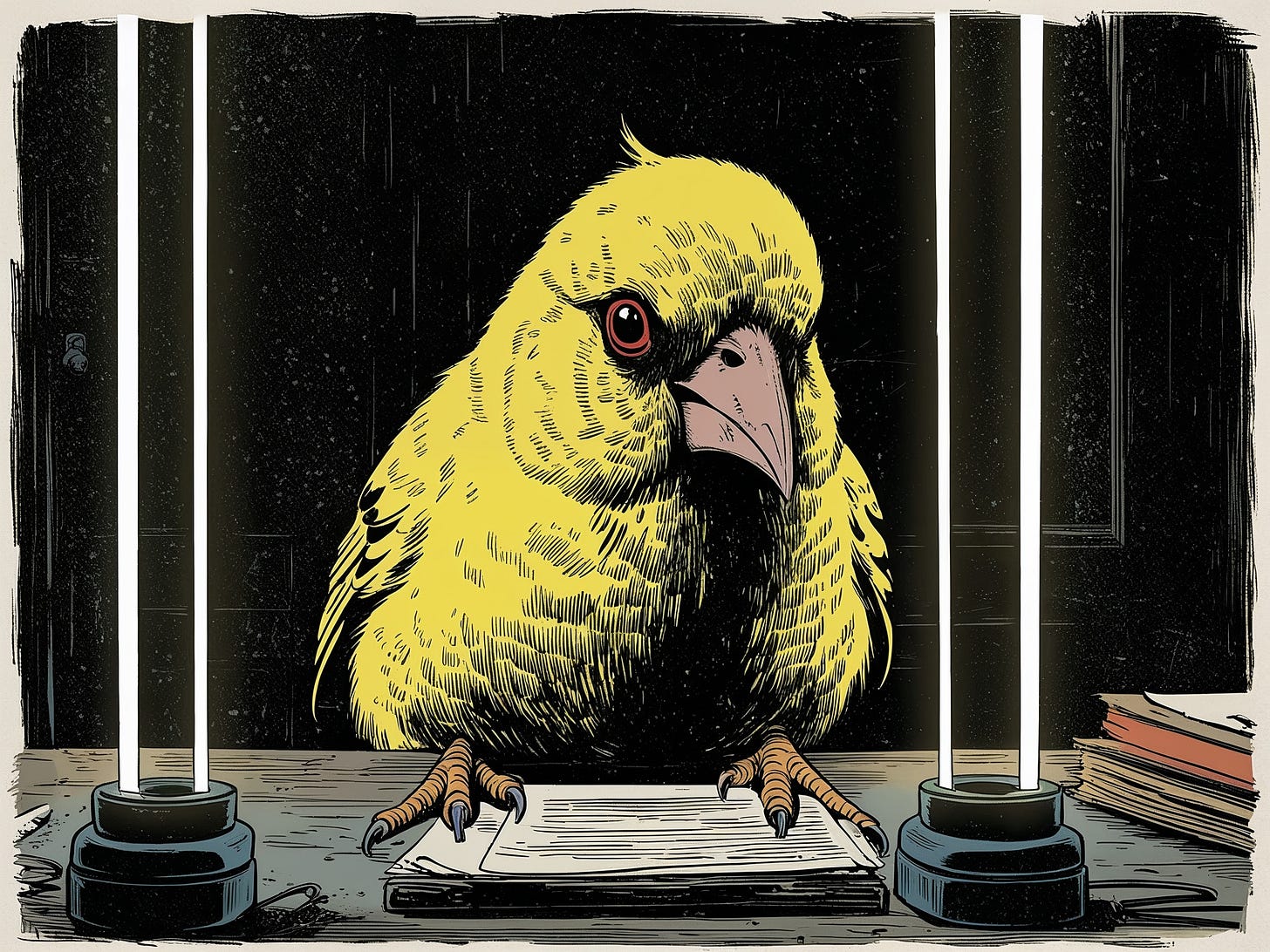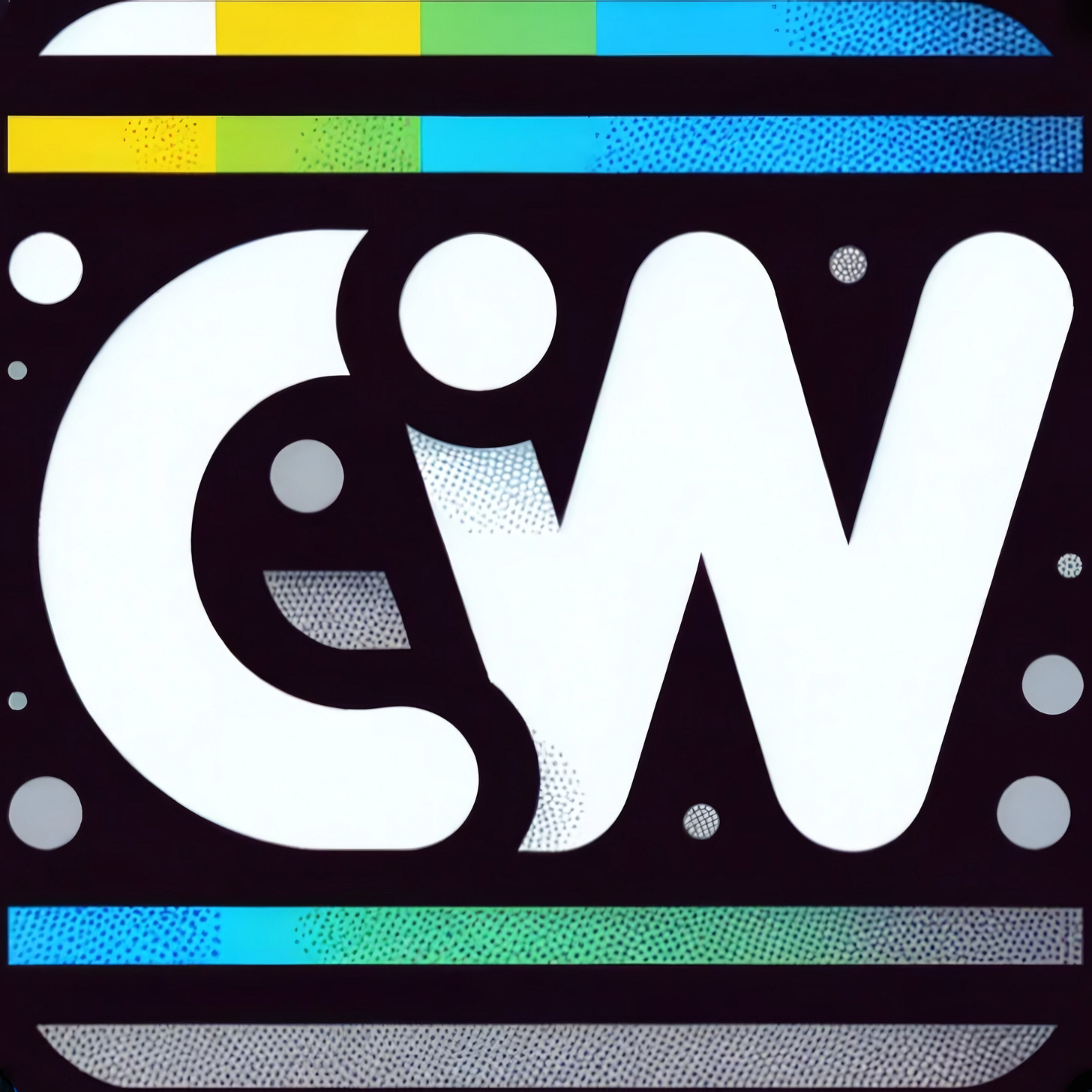G(ai)ve it away
A recurring type of post appears on my LinkedIn news feed: Gainfully employed creative professionals announcing their plans to remove all personal work from the internet. This self-immolation gets credited as the best fight against Generative AI’s ever-improving performance.
Yes, it’s true, the internet as we know it is fueled by our contributions. This is the value proposition that’s been a mainstay since the mid-nineties. We give over our individual perspectives - our creations - and we gain visibility for our work from friends, family, and total strangers. Exposure to a global audience at our fingertips, in our pockets, drives us to share - to be seen - to be perceived - to give it all away.
Those same companies offering that free space for us to upload our creations recently found a new way to interpret the terms-of-service agreement. We’re no longer just a commodity of eyeballs that see ads. We’re a highly moderated training source for the ever-growing Generative AI frontier models.
Now, perhaps we should rightly conjure ire about the injustices of our work being “trained upon” without explicit agreement between parties. Yet, let’s not forget just how many artists across history died penniless, only to be discovered as talent posthumously.
Are we so drunk on the capitalistic exchange as to assume our work is immediately valuable? And would a Spotify-style compensation of few cents per month be the best that we hope to gain from this transaction?
How could any of us divvy out an appropriate fractional creation credit for anything we make? …especially for those of us with skills derived from any structured education! The countless museum visits, magazine spreads, movies and music that we’ve all “trained upon” make each of us fluid collages, distilled aggregates of all we’ve digested.
Note: Unique AI-generated phrases are presented as bold and italic.
However, there's a crucial distinction: while we draw inspiration from others, we don't directly replicate or monetize another's unique style en masse, which is something AI models can do.
In early internet days, presenting any creation to persist online was far more of an undertaking. Someone needed a desire to plunk around online for a few hours, learning a little code, and ending up with a basic Geocities site. A few blurbs, a few grainy pics, a few animating GIFs... The dripping blood divider bar was a personal favorite:
But as the years rolled on, the ability to create and share online became easier - with increased fidelity and ever expanding reach! The barrier to share with a global audience evaporated. Each of us had the potential to attract the world’s attention.
Incredible new perspectives arose naturally in our feeds. New expressions, new mediums, new messages. We began to find ourselves in each other. Some found ways to monetize that exchange. A select few could even live off of it.
And so we find ourselves here now: In a time where sharing anything online explicitly means contributing to a new synthetic form of professional competition. We’re now in a time where our collective history of shared creations online, our decades of documented experiences, are all hoovered up into a system that will digest and abstract it into a technicolor digital slurry.
And generative AI sits - waiting - ready for anyone to suggest compiling any idea into reality - using that slurry to help realize the unique request for a collage of words, sounds, visuals, actions.
This new reality makes complex creation available to those without much skill in whichever chosen medium for that output. It’s no surprise to see established artists cry foul.
Those who have already found commercial success in monetizing each voyage over the barrier of creativity. Charging for an ability to realize those unique requests into that same collection of collages.
Conjuring expression into reality on command put those talented few in rarefied air. Artists casually vault over a barrier that so many cannot fathom traversing themselves. The average person either lacks skills, or carries an abundance of self-doubt preventing the allocation of any effort or time to sharpen those skills themselves.
That barrier was previously a convenient monetizable endpoint in the freewheeling days of sharing literally everything online. “Here. Look. Do you like what I do? Hire me!” That’s how I got my start in my career… Demo reels, portfolio websites, clippings, the whole shebang.
The bitter pill: we’ve already agreed to give it all away.
The necessary wording was in our terms of service agreement from the start, however vague it may have been. Go ahead, read the fine print on any social site. We allow the forfeiture of sole ownership rights to everything posted on those sites.
Instagram shares ownership of your posted work. Or, it at least has the right to republish, even repurpose and earn money on all of your work shared there. Facebook always stated as much. Why do you think it’s free to post there?
Yet, these stipulations generally grant rights to the platform itself, not to third parties using the content for purposes like training AI models without the creators' explicit consent.
Artists should have the right to control how their work is used and rescind consent to their creations training AI models, especially when it could impact their livelihood. The controversy arises because using their work in AI training should exceed the scope of what they agreed to, raising ethical and legal concerns about intellectual property rights.
What this means now is that fewer people will need the creative services offered by others because these machines have activated a newfound fidelity to everyone’s innate perspective. It is creativity distilled without the need for skill, time or ability. All that’s needed is a unique perspective and a decent description of what you want to see.
Again, I must say: I am one of these people who made a living for the past 20 years as a creative. I’ve sold my ability to cross that creativity barrier to companies large and small. My livelihood got disrupted this year due to the quest for “operational efficiencies.” I am among the constituencies of those who cry foul.
I’m just saying “foul” is not the right thing to cry at this moment.
Perhaps instead we should recognize that legal frameworks need to evolve alongside technology to adequately safeguard creators' rights.
It's notable that artists are among the first to experience significant disruption due to AI, serving as "canaries in the coal mine" for the broader workforce. Our situation highlights how automation can affect even those professions that were once thought to be uniquely human and creativity-driven.
The professional goalposts for creatives not only shifted, they collided with the three-point line and the outfield wall. This game we must now play is new, and it’s a mashed-up abstraction of disciplines.
But perhaps this is an opportunity. Artists are uniquely positioned to use their creativity to highlight and interpret the impacts of AI on society. By incorporating these themes into our work, we can help others grasp the complexities of technological advancement and its effects on human labor.
The level of sensory engagement any of us can now present is astounding. Given the desire, we can create a near-perfect representation of whatever we’re imagining. For better or worse...
So, I recommend we get good at reading the fine print of our chosen distribution platforms, and dive into the newly emerging next iteration of the internet and see what can be seen. Make what might be made - with skilled hands and a keen editorial eye.
In embracing these new tools, we can create work that both reflects and informs public understanding. This opens up new avenues for artistic expression that both critique and shape the discourse around AI and creativity.
So let's not just adapt; let's lead. After all, who better than artists to navigate and define this new landscape?
Note: Unique AI-generated phrases are presented as bold and italic.
As always, here’s the ChatGPT conversation used in the creation of this piece.








